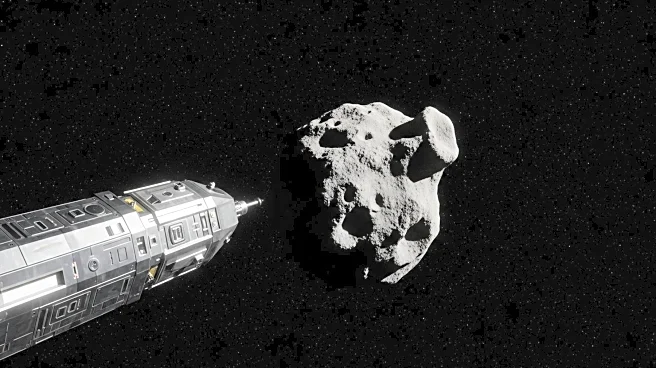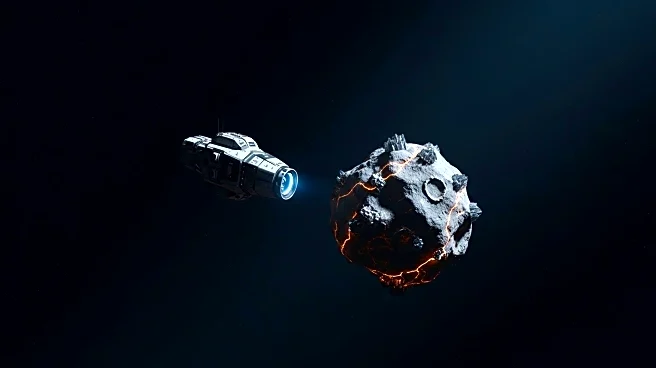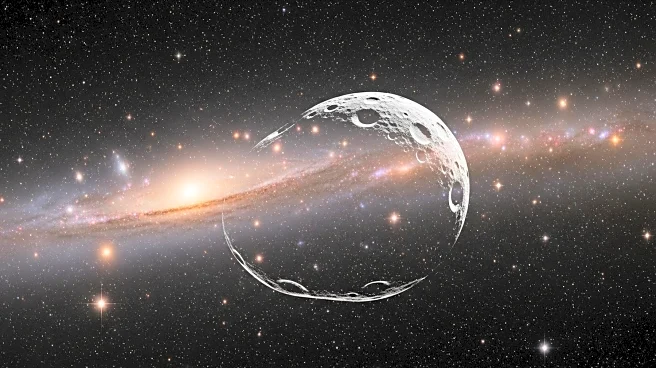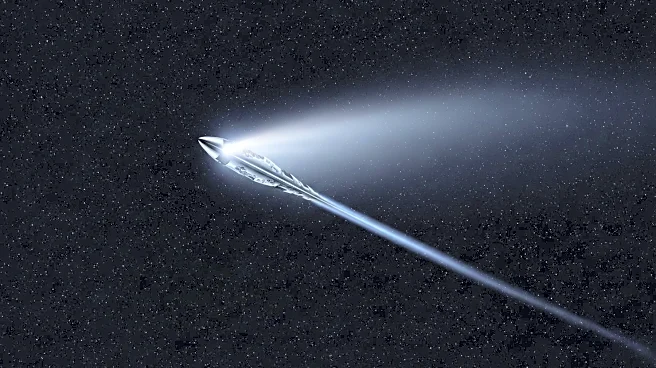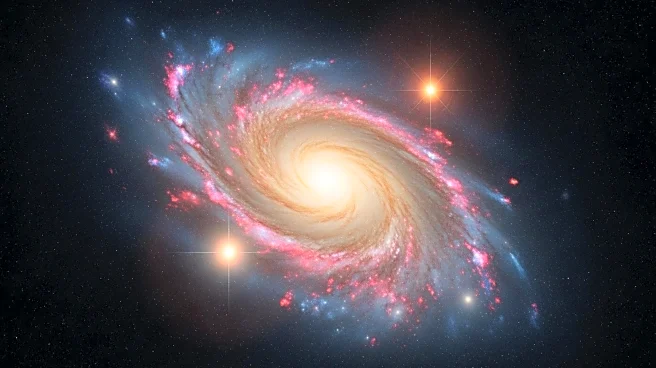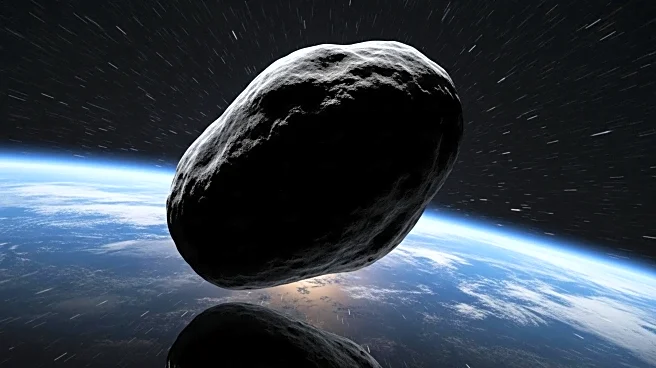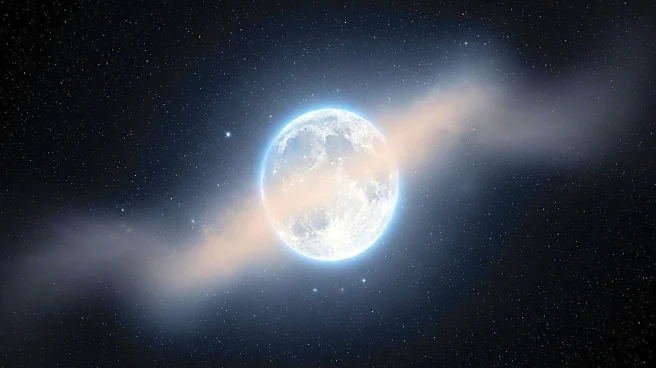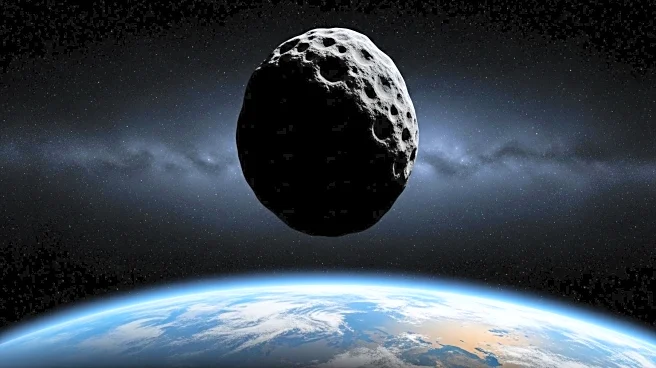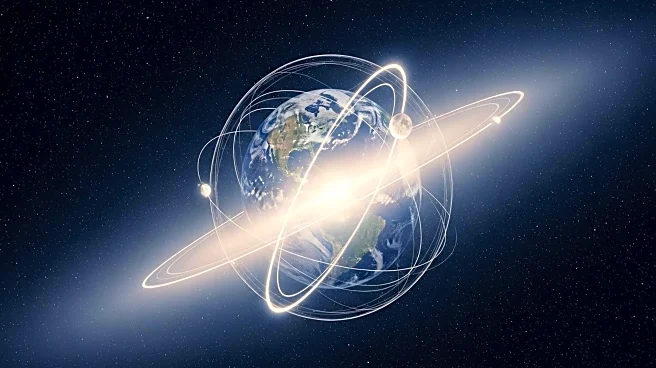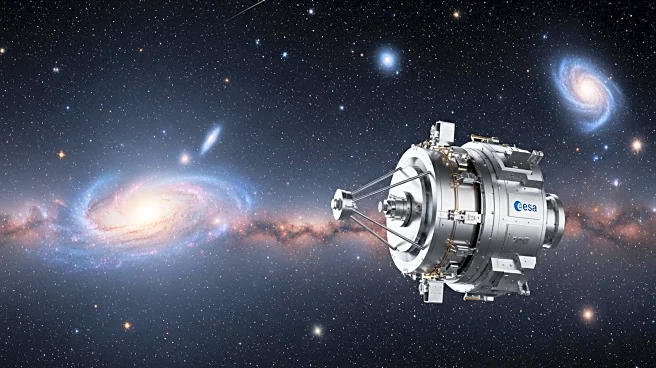What's Happening?
The Japan Aerospace Exploration Agency's (JAXA) Hayabusa2 spacecraft is set to rendezvous with asteroid 1998 KY26 in 2031. Recent observations have revealed that the asteroid is smaller and spins faster than previously thought, measuring only 11 meters in diameter and rotating every 5.4 minutes. These findings, obtained through advanced ground-based telescope observations during the asteroid's 2024 close approach to Earth, necessitate a reassessment of the Hayabusa2 landing strategy. The asteroid's size and rapid rotation raise questions about its internal structure, offering a unique opportunity to study a near-Earth asteroid of this scale.
Why It's Important?
The revised measurements of 1998 KY26 highlight advancements in asteroid observation techniques and contribute to a better understanding of near-Earth objects, including those posing potential risks to Earth. The mission's success could enhance planetary defense efforts by improving the characterization of small asteroids, which are the most common objects that could impact Earth. Understanding the structure and behavior of 1998 KY26 may provide insights into the thousands of known asteroids with orbits approaching Earth, aiding in future mitigation strategies.
What's Next?
Hayabusa2's visit to 1998 KY26 will be more challenging due to the asteroid's small size and fast rotation. Ground-based telescopes will not be able to obtain further data before the spacecraft's arrival, but the James Webb Space Telescope might observe the asteroid in 2028 and 2029. These observations could confirm current size estimates and provide clues to the asteroid's temperature and density, further informing the mission's approach.
Beyond the Headlines
The mission to 1998 KY26 could reveal whether the asteroid is a solid monolithic rock or a rubble pile, impacting our understanding of asteroid formation and evolution. This knowledge is crucial for assessing potential threats from similar-sized asteroids and developing effective planetary defense strategies.

